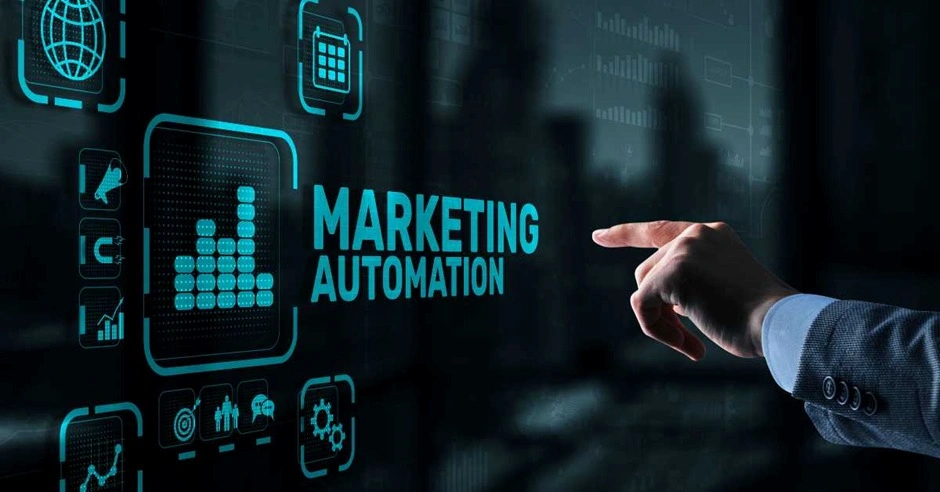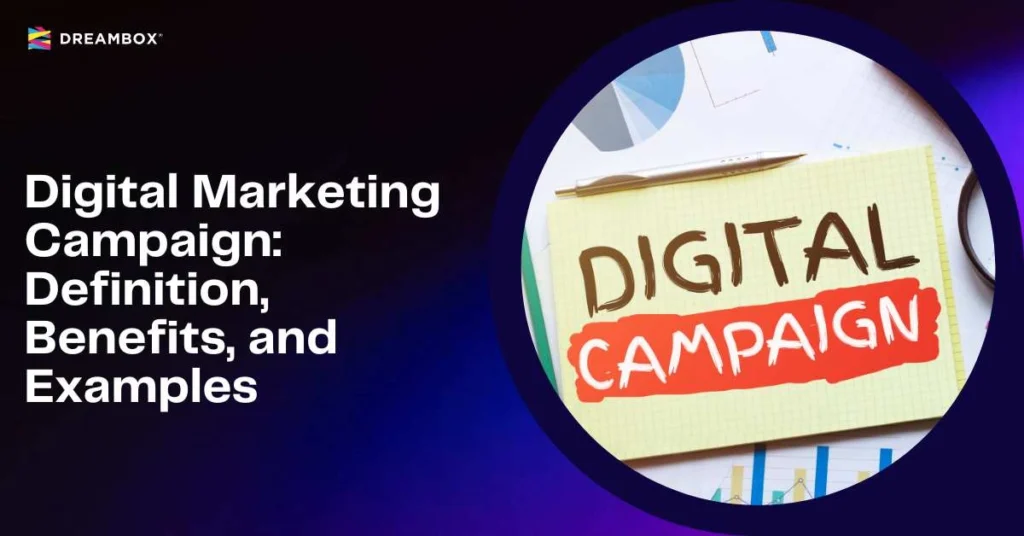Maintaining efficient customer interactions is a significant challenge in today’s digital era, especially for small business owners, content creators, and digital marketers. One increasingly popular solution to address this challenge is marketing automation. This article will provide an in-depth look at marketing automation, its purpose, examples, and how small businesses can adopt this strategy to achieve success.
What is Marketing Automation?
Marketing automation refers to the use of technology to automate repetitive marketing tasks, streamlining digital marketing processes. With automation, tasks such as email delivery, social media campaign management, and customer interaction tracking can be handled automatically more accurately.
Purpose of Marketing Automation
The main goal of marketing automation goes beyond simply simplifying administrative tasks. Here are its primary benefits and objectives:
- Increase Efficiency
With automation, processes that typically take hours can be completed in minutes. For example, a personalized email campaign can be run without needing to type messages for each recipient. - Boost Customer Engagement
Marketing automation enables businesses to provide personalized experiences for each customer. Audience segments can easily receive content relevant to their needs, resulting in more valuable engagement. - Grow Lead Generation
Automation systems help capture leads through forms, landing pages, or other digital campaigns. These systems then nurture those leads until they are ready to purchase. With this organized approach, businesses can multiply opportunities for conversions from potential customers.
Examples of Marketing Automation in the Real World
To provide a clearer picture, here are some examples of how marketing automation works:
- Example 1: Automated Email Campaigns
An online store sends an automatic reminder email to customers who leave items in their shopping cart without completing the checkout process. This technique has been proven to increase sales by up to 20%. - Example 2: Retargeting Ads
Using customer interaction data, businesses can display relevant ads to users who previously visited their website, helping to bring them back into the customer funnel. - Example 3: Social Media Management
With automation platforms like Buffer or Hootsuite, businesses can schedule social media posts for weeks in advance, increasing content visibility without the need for daily management.
Popular Marketing Automation Tools
Here are some popular marketing automation tools suitable for various types of businesses:
Schedule a free 30-minute branding consultation session with our experts.
- HubSpot
- Key Features: Customer relationship management (CRM), automated emails, and performance analytics.
- Price: Free for basic features, starting at $45/month for advanced features.
- Best for: Small to large businesses.
- Mailchimp
- Key Features: Automated emails, customer data tracking, campaign design.
- Price: Free for basic use, starting at $13/month for additional features.
- Best for: Beginners in digital marketing.
- ActiveCampaign
- Key Features: Contact management, email automation, CRM for sales.
- Price: Starting at $15/month.
- Best for: Businesses looking to build data-driven customer experiences.
- Hootsuite
- Key Features: Social media scheduling and content performance analytics.
- Price: Starting at $49/month.
- Best for: Businesses focusing on social media.
- Marketo
- Key Features: Large-scale campaign automation, lead intelligence and analysis.
- Price: Premium subscription pricing.
- Best for: Medium to large businesses.
Steps to Implement Marketing Automation
If you are interested in adopting marketing automation, here are the initial steps:
- Identify Business Needs
Analyze time-consuming marketing tasks such as email marketing or social media management. Identify the key issues to determine which features you need from marketing automation tools. - Choose the Right Platform
Compare various available software options (like the ones listed above) and select the one that fits your budget and business needs. - Design Automated Workflows
Workflows are a series of automated actions triggered by specific events, like a new customer registration. Ensure that your workflows are designed to deliver maximum value. - Test and Optimize
Once the workflow is activated, regularly monitor its performance. Use this data to make optimizations over time. - Train Your Team
Ensure that your marketing team understands how to use the selected automation tools so that the entire process runs smoothly.
Why Marketing Automation is a Worthwhile Investment
Marketing automation enables even small businesses to compete at a higher level. From increasing efficiency to building deeper customer relationships, this tool is an essential investment for business owners, content creators, and digital marketers.
Dreambox offers services that can be tailored to your business needs, such as digital marketing. Contact us and get the right marketing and branding strategy for your business!










